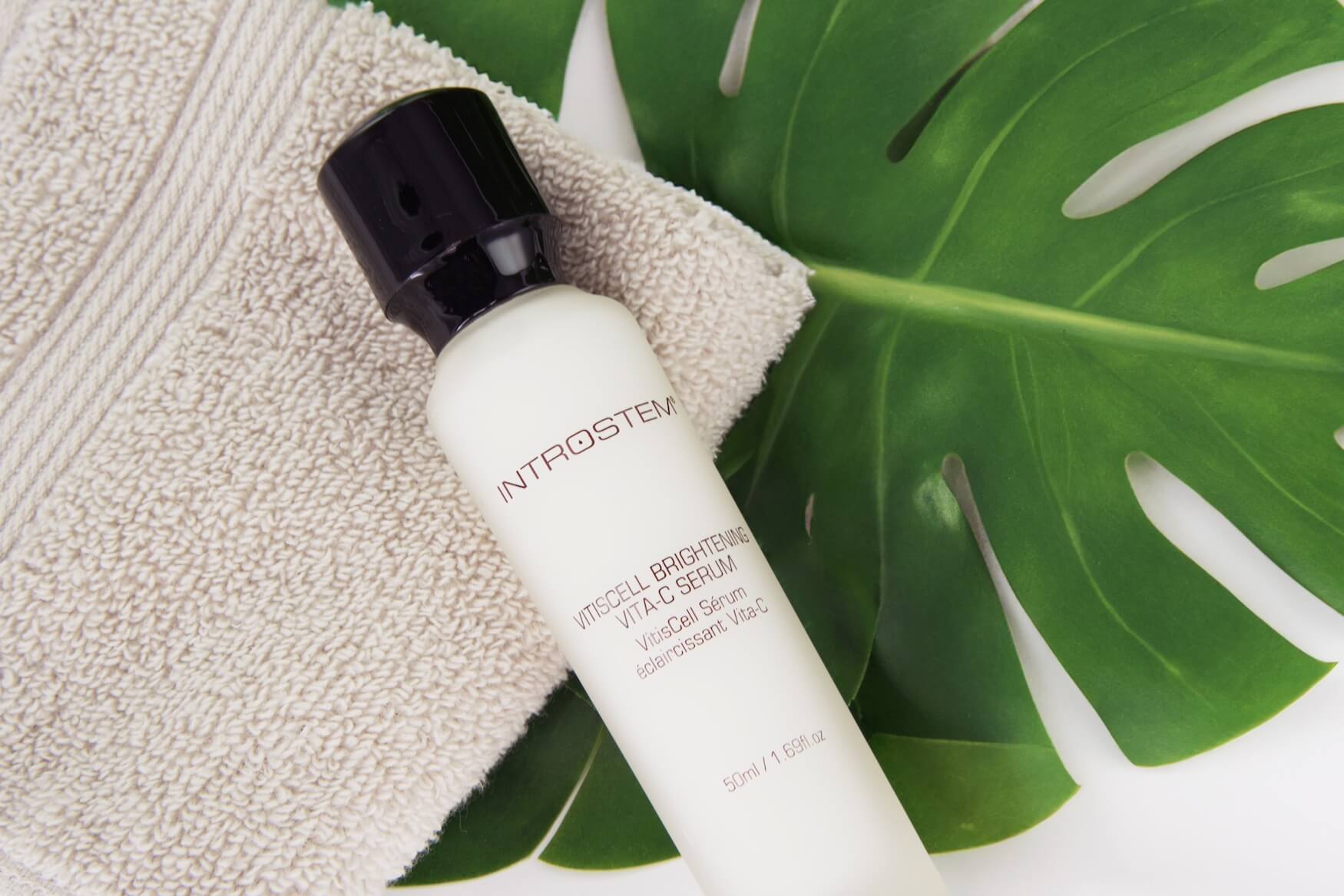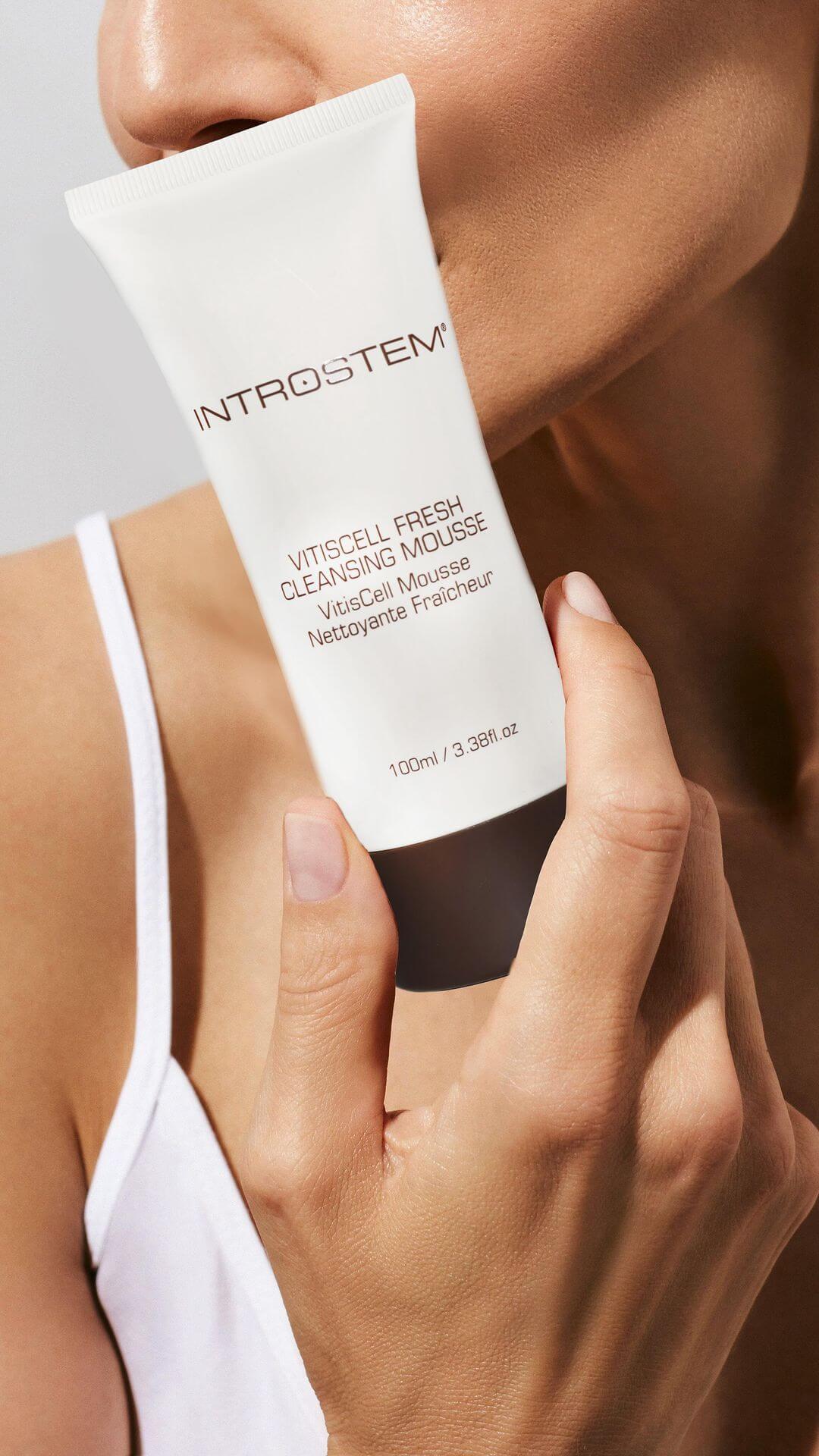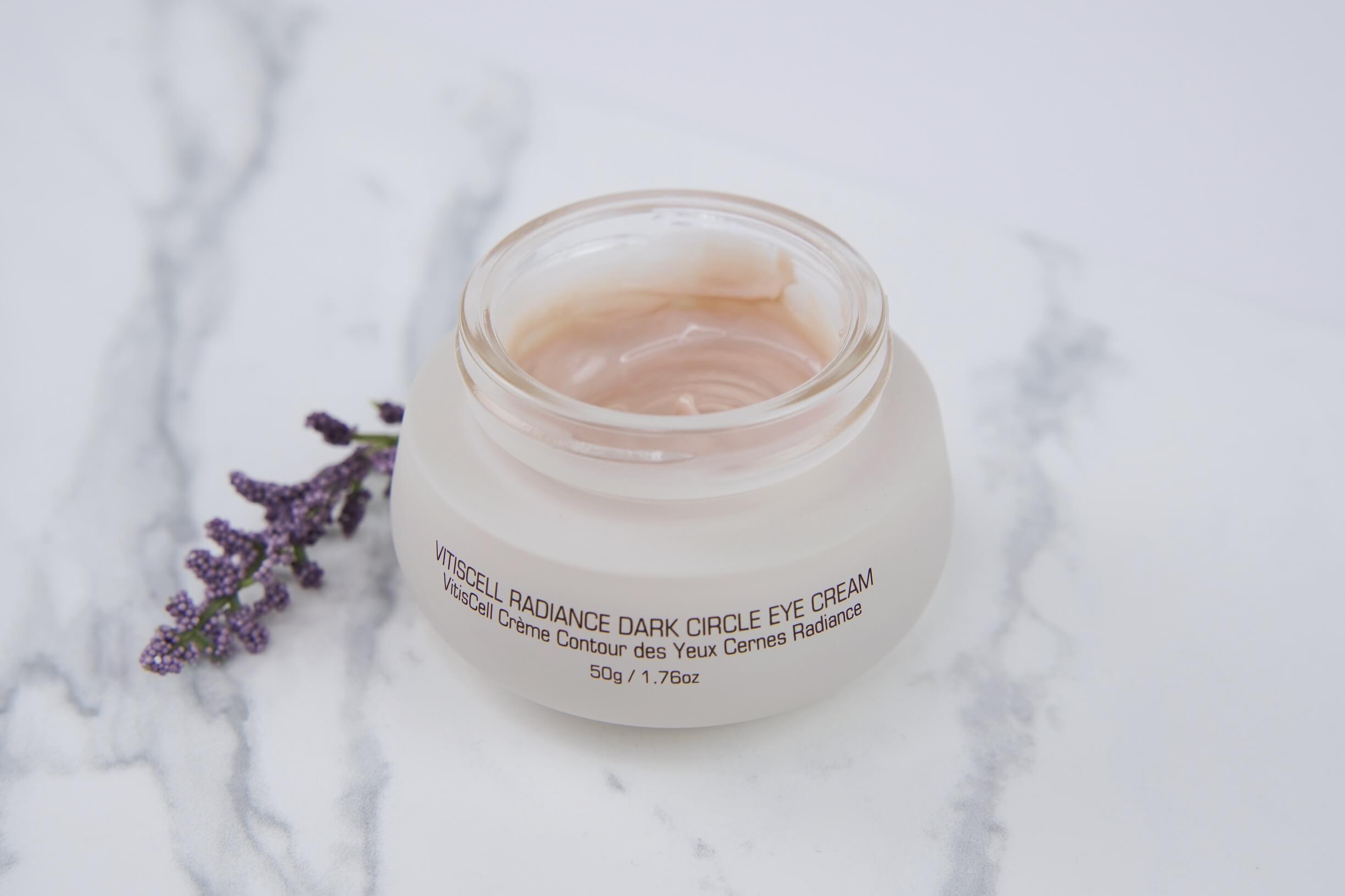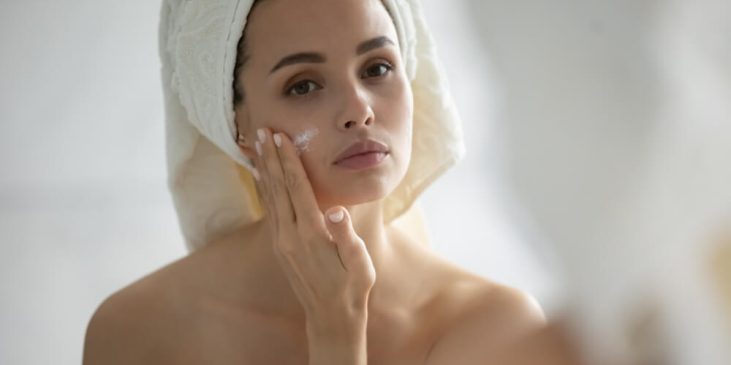When it comes to skincare ingredients, it can be difficult to keep up with what’s good and what’s not. New studies are constantly emerging, and regulations are struggling to catch up. This means that, sometimes, skincare ingredients that are deemed to be harmful can still make their way onto the market.
If you want to do what’s best for your skin, it’s important to keep up to date with the science behind the various controversial ingredients out there. The good news is that we can help with that! Read on as Introstem delves into the research-backed truth behind six skincare ingredients that have recently managed to find themselves at the heart of controversy!
1) Retinol

Retinol – an ingredient that’s revered for how it minimizes the look of aging, brightens the complexion, and more. It’s an ingredient that’s often recommended for various purposes, yet there also happens to be a large amount of controversy surrounding it.
Why? It all comes down to how this vitamin A derivative is fat-soluble rather than water-soluble. This is great when it comes to skin penetration, but it also means that your body can’t get rid of excess amounts quite so easily. Therefore, if your retinol intake, meaning a combination of both dietary and topical retinol, exceeds safe levels, you could end up dealing with various health issues, such as liver damage. This is why the EU has recently introduced new legislation on how much retinol topical products can contain.
The truth is, while those new legislations may have caused some to panic, retinol is still a very worthy ingredient to use. Unless you’re slathering it all over your face and body while also eating high amounts of it in your diet, plus taking supplements containing the ingredient, you’re very unlikely to end up suffering from a retinol overdose. Just make sure that the skincare products you’re using contain a safe amount of the ingredient. If you’re still concerned, give the Introstem VitisCell Brightening Vita C Serum a try. While vitamin C is the main ingredient in this serum, vitamin A makes an appearance too. A very low percentage of the ingredient has been used, yet there’s still enough of it to complement the vitamin C and transform the look of your skin.
2) Sulfates

Sulfates are chemical salts that primarily function as surfactants. This means that they form a lather when massaged onto the skin. As a result, they’re very popular ingredients in cleansers and exfoliators. They tend to form a bigger lather than most other surfactants, making the product that it’s in feel extra luxurious.
So, what’s the problem? There are a few potential issues with sulfates. The first is that they’re known for being skin irritants. Sodium lauryl sulfate is the biggest culprit but other sulfates usually have similar effects. When used regularly, they lead to dryness, sensitivities, inflammation, and many other problems that you don’t want to be dealing with.
Sulfates are also considered to have a detrimental impact on the environment. Not only do they contribute to acid rain and fog but they’re also linked to air pollution and damage to aquatic life.
With all of that said, the sulfates that are used as skincare ingredients aren’t going to cause you any serious health problems. Sure, they’re not going to do your skin any favors, but you won’t have to worry about them being harmful to your body.
However, if possible, it would still be a good idea to try to go sulfate-free with your skincare routine. Thanks to the controversy surrounding these skincare ingredients, there are now plenty of sulfate-free beauty products to choose from. The Introstem VitisCell Fresh Cleansing Mousse, for example, uses coconut-derived surfactants that won’t strip your skin dry. Meanwhile, if you’re on the hunt for a sulfate-free exfoliator, try the Introstem VitisCell Fresh Revive Peeling. Again, you won’t find any sulfates in this formula. Instead, it’s brimming with ingredients that will rejuvenate your complexion!
3) Hydroquinone

If you’ve been looking into the best skincare ingredients for lightening the look of hyperpigmentation, you’ve probably come across hydroquinone. This ingredient is said to have a bleaching effect on the skin. In actuality, it works by inhibiting the production of melanin, the pigment that’s responsible for the color of your skin. It also breaks down existing pigment, which is how it can make dark spots look lighter.
So far, so good. However, serious concerns have arisen surrounding this ingredient’s side effects. The irritation, inflammation, and contact dermatitis that it’s known to cause is bad enough, but hydroquinone is also said to be linked to liver/kidney damage, respiratory tract irritation, and cancer. Is this true? There are several studies that ascertain this connection, making hydroquinone an ingredient best avoided. In fact, it’s already banned in many parts of the world and isn’t actually FDA-approved in the USA.
Fortunately, there are many great alternatives to this ingredient available out there. Vitamin C, grape stem cells, and other powerful antioxidants all have a lightening effect on the visibility of hyperpigmentation. Find a product that combines these skincare ingredients, like the Introstem VitisCell Radiance Dark Circle Eye Cream, and you’ll be on to a winner!
4) Azelaic Acid

Just like hydroquinone, azelaic acid is an ingredient that people turn to when they’re trying to fade the appearance of discoloration. It’s a naturally occurring compound that comes from the likes of barley, rye, and wheat. Although it’s not an alpha-hydroxy acid itself, it works in a similar way. It breaks up pore blockages, inhibits melanin production, and functions as an antioxidant.
However, don’t go jumping in to try this ingredient just yet. Very recently, a few downsides to this ingredient have been in the headlines. Most notably, the way in which it can cause severe skin irritation has led to some countries, like Canada, banning it in over-the-counter products. Others, like Brazil, are considering doing so.
Does this make azelaic acid another ingredient that you need to stay away from? Not necessarily. The problems that arise from this ingredient only occur when it’s used in a high concentration. Be careful with your product choices; opt for formulas that contain the ingredient in safe amounts, and you’re unlikely to have any issues.
The exception is if your skin type is sensitive. If this is the case, then yes, you may want to avoid adding azelaic acid to your skincare routine. However, as mentioned above, there are plenty of other ingredients out there that offer the same array of benefits without irritating the skin. You’ll find several of them in the PrismaStem Illuminating Phyto Cream from the Introstem PrismaStem Collection. This set also contains a super-hydrating serum, as well as an antioxidant-rich leave-on mask. All three products combined will soon have your skin glowing like never before!
5) Parabens
When it comes to controversial skincare ingredients, parabens sit at the top of the list. These skincare preservatives have been used for a while. They do a great job of preventing bacteria and mold from growing in topical products. As a result, they can greatly extend a beauty product’s shelf life.
So, what’s the issue? Recently, several potential problems have been brought to light. The first is in relation to how parabens mimic certain hormones in the body. This causes endocrine disruption, which not only leads to reproductive issues but can also trigger cancer. Just like some of the other skincare ingredients on this list, parabens are also known for being harmful to the environment.
Sure, in small amounts, you’re very unlikely to experience any problems with parabens. However, cumulative exposure is where the concerns lie. With parabens being used in so many different products, these ingredients can build up in the body, and this is where the issues begin.
This is why, in some parts of the world, the use of parabens is heavily regulated. In fact, five parabens have been banned in the EU. The others can only be used in very limited amounts. Although they’re not banned or regulated in the USA, these are ingredients that you should be very wary of.
Fortunately, there are plenty of great alternatives out there. You won’t find parabens in any Introstem products – we use safer preservatives that aren’t going to damage your skin or the environment.
6) Talc
While you may be familiar with talc in baby powders, this ingredient often finds itself in skincare products too. It’s mostly used as a bulking agent. It can enhance the overall texture of a product, giving it a silky feel.
So, with this ingredient being one that’s commonly used on babies, what’s the problem? When it comes to talc itself, there isn’t one. It’s a natural mineral that’s made up of magnesium, silicon, oxygen, and hydrogen. It’s not harmful to the skin in any way.
However, the controversy lies in the fact that talc and asbestos are often found together in the earth. Asbestos is a known carcinogen – you definitely don’t want it anywhere near you. Unfortunately, the proximity of the two in the natural world means that talc is very often contaminated by asbestos. Yes, talc products can undergo testing to check for asbestos levels. However, testing methods are limited, and many experts are concerned about undetected contamination.
When it comes down to it, this is a controversy worth listening to. There are so many talc-free products out there, so try to seek out formulas that don’t contain this ingredient. Buy your skincare from Introstem and you won’t need to worry about this. All of our products are talc-free!
Summary
While it would be nice to trust that all of the skincare products available to the public contain safe ingredients, this is something that you should never assume. Instead, it always pays to stay in the know when it comes to any controversies surrounding skincare ingredients. Educate yourself with the facts and adjust your skincare routine accordingly – your skin will thank you for your diligence!
Click here to explore more skincare bestsellers from Introstem.



0 comments on “The Truth About 6 Controversial Skincare Ingredients – What Science Says”